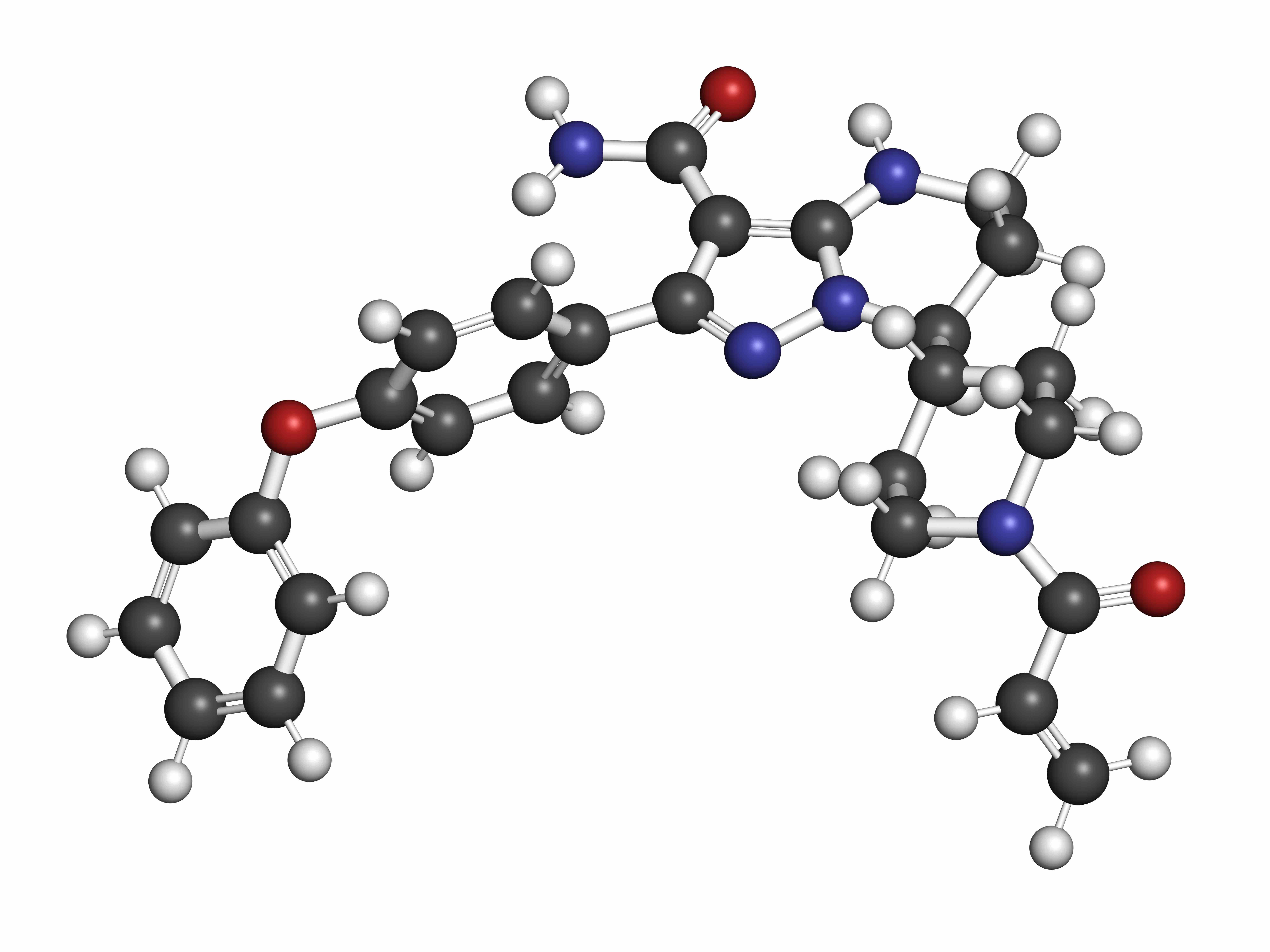Article
Immunohistochemistry, Flow Cytometric Immunophenotyping Used in Subset of Lymphoplasmacytic Lymphoma
Author(s):
The group of patients with high CD154-postive mast cells had lower overall 5-year survival rates than the low CD154-positive group.
Approximately one-third of patients with Waldenström macroglobulinemia (WM), a subset of lymphoplasmacytic lymphoma (LPL), had malignancies and all other patients had increased mast cells (MC), an analysis of 31 untreated patients showed.
The study, published by Annals of Laboratory Medicine, sought to identify the clinical, laboratory, and bone marrow (BM) findings of patients with WM. Additionally, the researchers were assessing the effectiveness of semiquantitative immunohistochemistry (CD20, CD138, tryptase, and CD154) for the diagnosis and prognosis of WM.
“BM MC have been reported in WM patients with increasing frequency. This association could be a diagnostic feature of WM. Moreover, MC could be potential therapeutic targets in WM. CD154 (CD40 ligand), a member of the tumor necrosis factor (TNF) superfamily, has been reported to be expressed on “activated MC” as a potent inducer of malignant B-cell growth,” the authors said.
Medical records and BM studies or flow cytometric immunotyping were reviewed for 31 patients who had untreated WM. Of the 31 patients, 6 showed symptoms of hyperviscosity syndrome, while 11 patients had solid cancer and/or hematologic malignancy. The results also revealed that MC increased in all samples. Furthermore, 5 patients had chromosomal abnormalities, according to the results.
“Most patients in our study had no specific symptoms of WM but showed abnormal laboratory findings such as rouleaux formation, reversal of albumin:globulin ratio, anemia, and monoclonal gammopathy,” the authors said. “They were thought to have plasma cell myeloma. Although WM is a lymphoma, most cases involve the BM, and some cases involve the lymph nodes and other extranodal sites. In our study, only four patients were diagnosed as having WM through a lymph node biopsy, and BM involvement of WM was confirmed via a subsequent BM study; the remaining 27 patients were diagnosed as having WM through BM examination.”
The group of patients with high CD154-postive MC had lower overall 5-year survival rates than the low CD154-positive MC group.
The authors concluded that immunohistochemistry and flow cytometric immunophenotyping may be useful for diagnosing WM while increased CD154-positive MC can indicate poor prognosis.
Reference
Ahn A, Park C, Cho Y, et al. Clinical, laboratory, and bone marrow findings of 31 patients with Waldenström macroglobulinemia [published online 2020]. Ann Lab Med. doi: 10.3343/alm.2020.40.3.193




